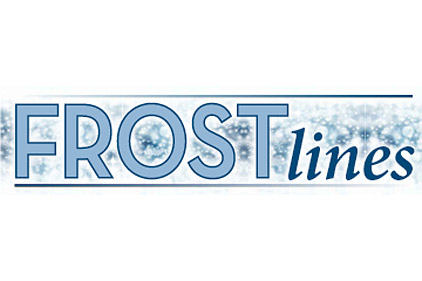Of the fluorocarbons, the choices were pretty simple: CFCs -11, -12, and -502. It is not so simple these days. First of all, there are some systems still running on CFCs. But a lot more refrigeration systems are running on HCFCs like -22 and -123. Then there are a lot systems running with HFCs like -410A, -134a, -507, and many, many, many more HFC refrigerants.
Also in the market today are HFC/HC blends that are being promoted because of their ability to aid oil return. And did I mention the pure HCs like propane, butane, isobutene and blends of those HCs? They, too, are reaching the refrigeration market. And there is CO2 gaining more and more interest in both cascade and transcritical applications.
Even as refrigeration contractors deal with CFCs, HCFCs, HFCs, HFCs/HCs, HCs, and CO2, they know that on the horizon are HFOs because one HFO, -1234yf, is being introduced into the automotive sector and efforts are ongoing to make HFOs work in stationary applications. And it is no secret that some refrigerant manufacturers are looking even beyond HFOs and have ongoing research in that regard.
Most changes regarding refrigerants came about because of regulations. Ozone depletion issues drove out CFCs and HCFCs and the global warming potential of HFCs is causing the uses or planned uses of HCs, CO2, and HFOs. What regulatory aspects might affect those newer refrigerants are not clear cut currently. Certainly the flammability issue with HCs, the training learning curve for CO2, and the A2L safety rating for HFOs will have contractors watching a regulatory landscape that will involve everything from federal mandates to municipal codes.
FROSTlines in the months ahead is certainly going to be providing a lot of information regarding regulations, mandates, and codes when it comes to all refrigerants used in refrigeration. Some of the information will be speculation of what might happen. Some will relate to specific rules. And some reporting will be on the confusion all of this is creating for contractors. Hopefully, FROSTlines will help you as you try to sort things out.
After all, all you want to do is provide the cooling and freezing needed by your customers. It is just becoming a bit tricky doing that these days.
Publication date: 10/31/2011









